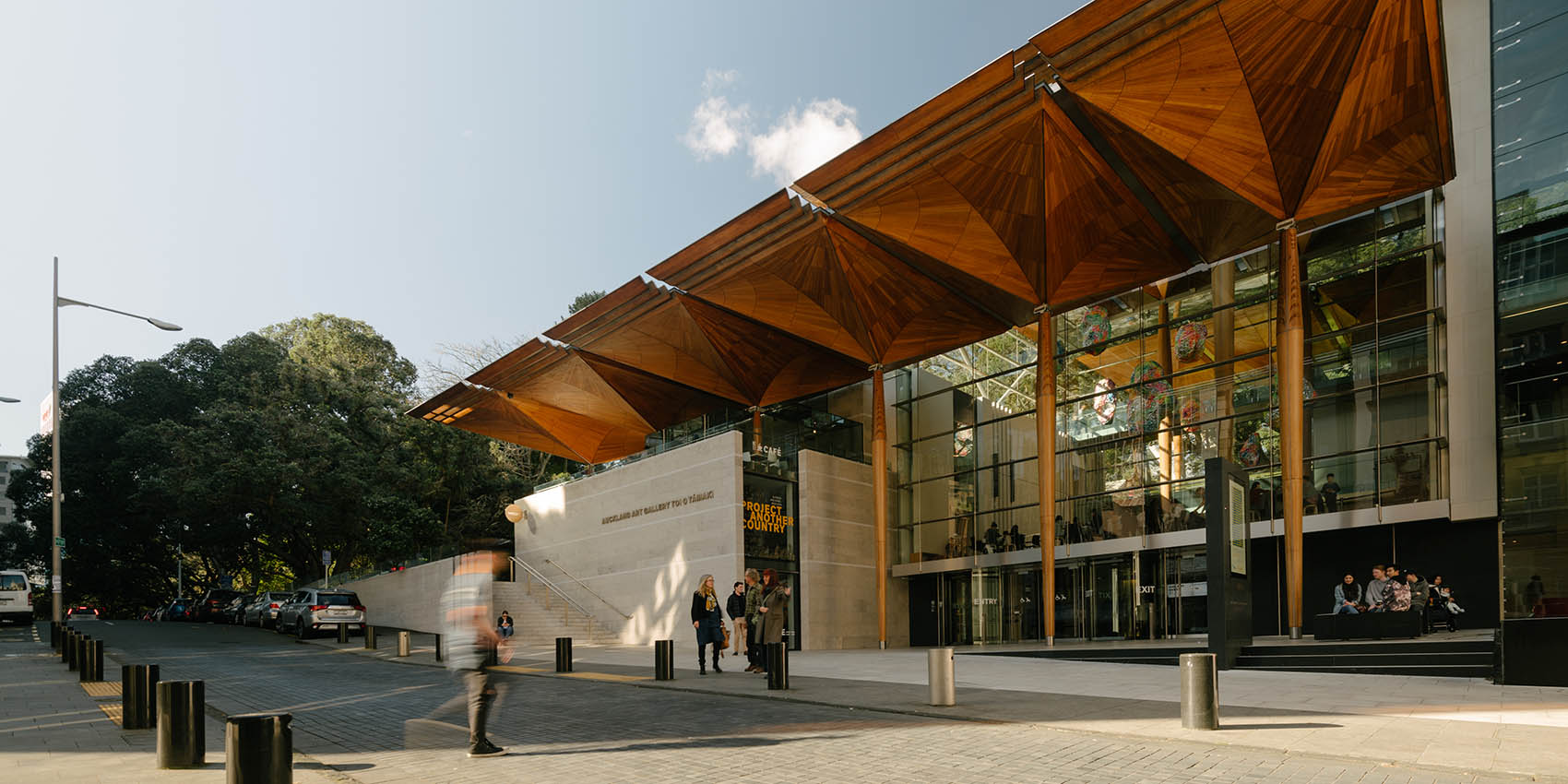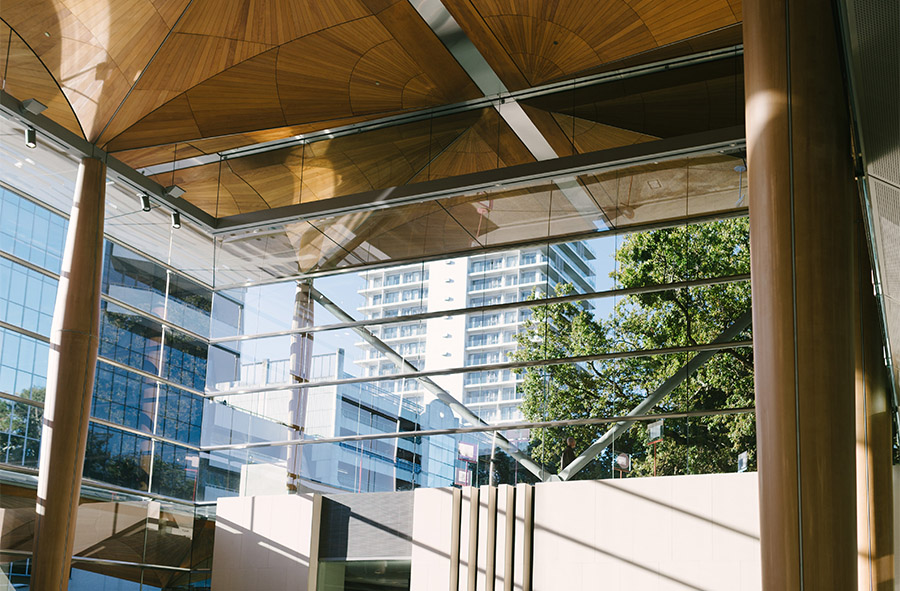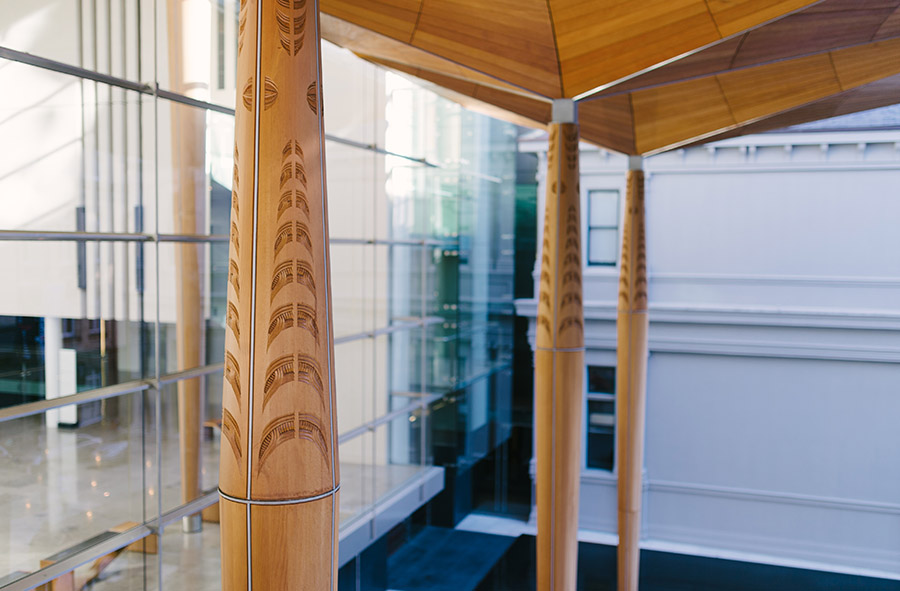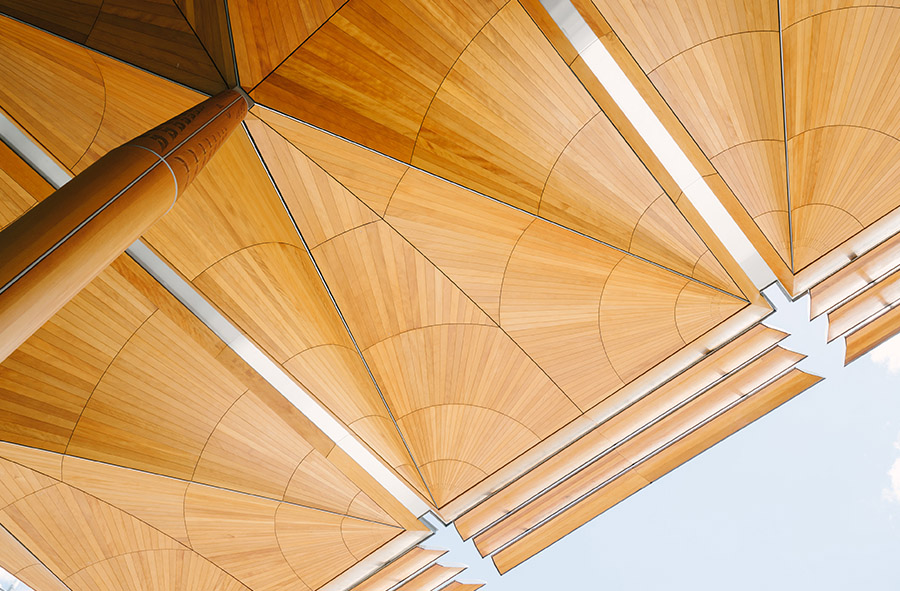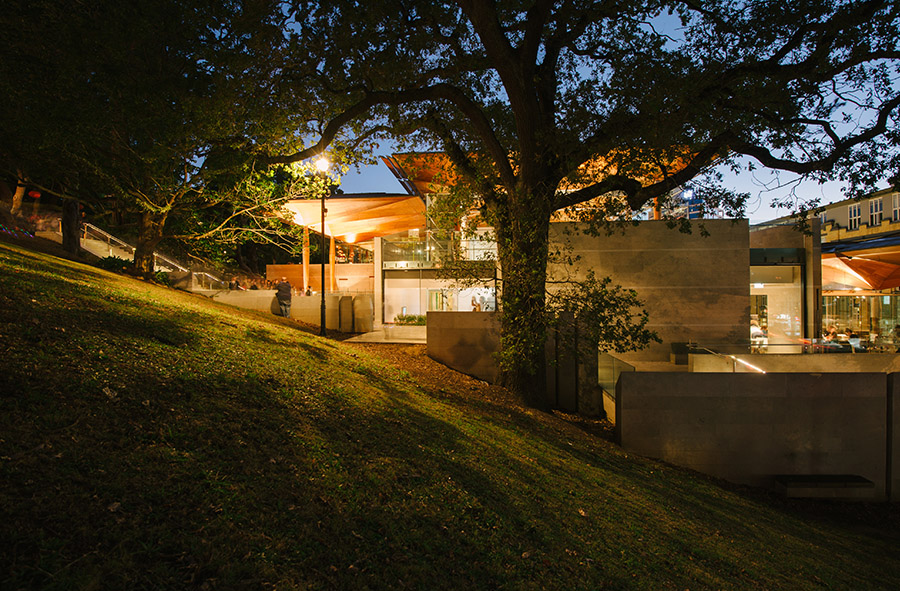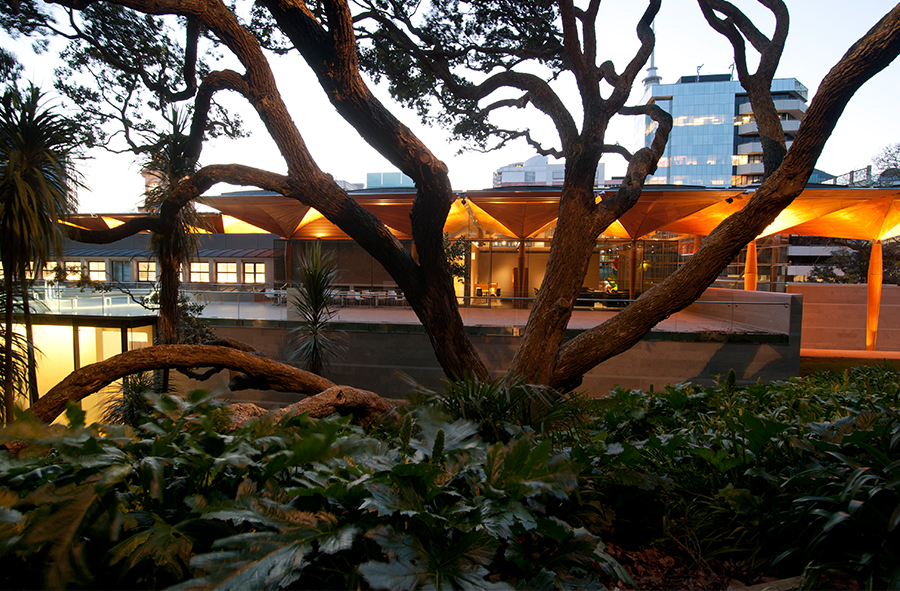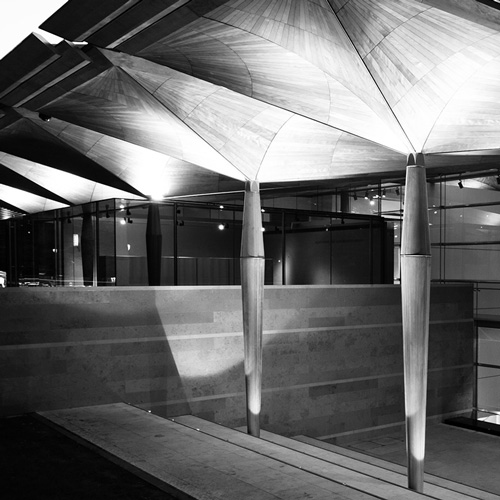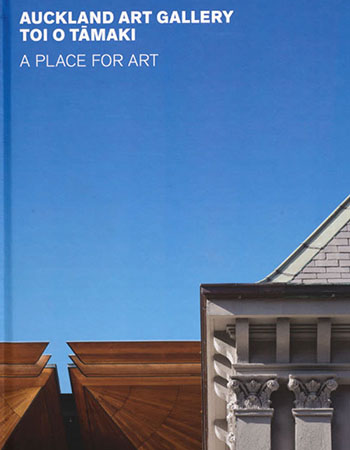The architects
A trans-Tasman partnership was appointed to design a remodelled Gallery building. This building opened on 3 September 2011 and is the one that you visit today.
Sydney-based FJMT (Francis-Jones Morehen Thorp), Auckland-based Archimedia and Auckland City Council worked together to develop a design for our new building – one of the largest projects of its kind in New Zealand.
FJMT has an international reputation for high-profile public building and urban design commissions. Their considerable expertise in integrating new extensions with heritage-sensitive buildings can be seen in their award-winning restoration of the heritage Mint in Macquarie Street, Sydney. Other major public projects they have been involved with include Australia’s Parliament House, the University of Sydney’s Scientia building, and the University of Auckland’s landmark Business School.
Archimedia is an award-winning New Zealand architecture practice, best known for its World of Wearable Art Museum in Nelson, Villa Maria Winery in Mangere and the Hyatt Residences tower in Princes Street, Auckland. The practice is particularly interested in identity as a generator for form and is strongly committed to consultation and sustainability. Archimedia also collaborated with FJMT on the University of Auckland Business School Complex.
Key support consultants to the architects
Michael Carver of SVM Group: Michael Carver is recognised internationally as an expert in gallery design and is consultant to a variety of the world’s most renowned arts institutions.
Bernard Makoare, Design Consultant: Bernard Makoare (Ngāti Whātua Heru Hāpai: Te Runanga o Ngāti Whātua) provided valuable cultural insight and interpretation to help determine key architectural and design elements that were incorporated into the new building and its immediate surrounds. He worked closely with the architectural team to shape and define key symbolic elements that respond to traditional Māori beliefs and the site’s sense of history and place. Makoare is a member of Haerewa, the Māori advisory board which works with the Gallery, a Ngāti Whātua representative on the Taumata-a-iwi at Auckland Museum, and is appointed to Puatatangi Committee of Toi Maori Creative New Zealand.
Jeremy Salmond of Salmond Reed Architects: Jeremy Salmond is a director of Salmond Reed Architects, which has recognised expertise in heritage matters. A leader in New Zealand heritage, Salmond assisted with the conservation and heritage issues associated with the Gallery's redevelopment, and was consultant to the former Auckland City Council in many heritage projects. The Auckland Art Gallery project team engaged Salmond Reed to develop the revised conservation plan and to work directly with Auckland City Council and the architect in detailing heritage aspects of the Gallery's redevelopment.
